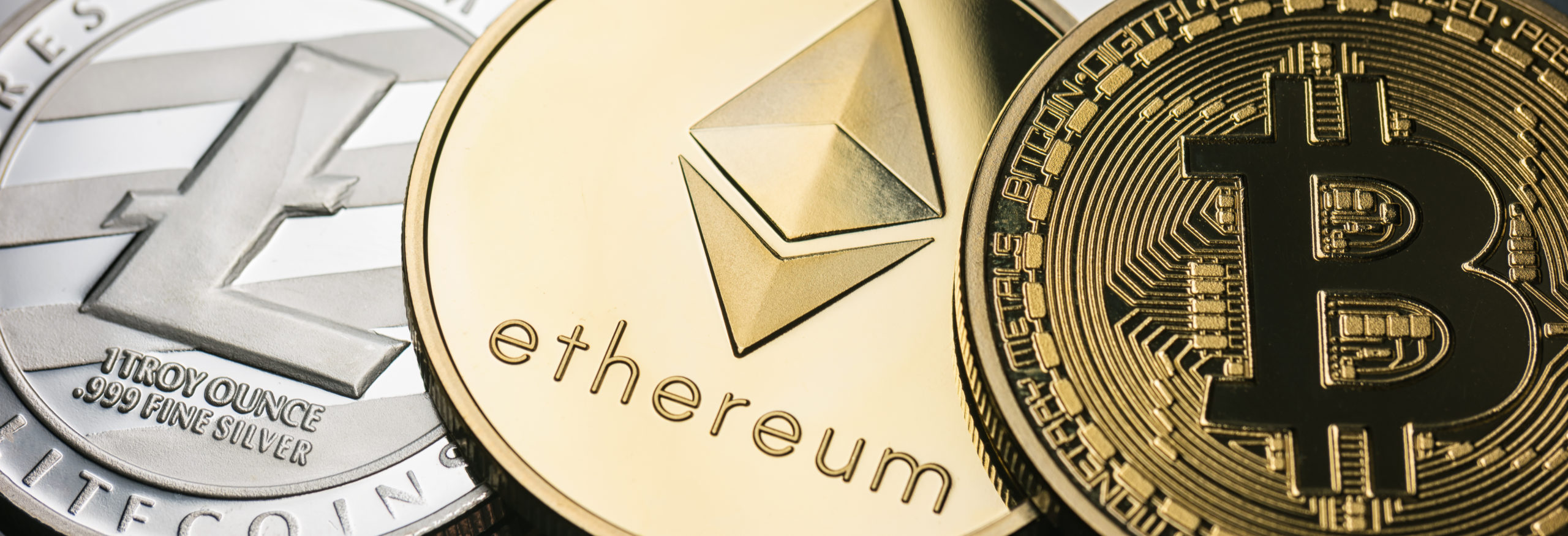- People
- Expertise
Our expertise
We are a team of more than 500 professionals, with the depth of experience which makes us genuine experts in our fields. Together, gunnercooke’s people have strength across just about every corporate discipline and sector. We provide legal, commercial and strategic advice that delivers real value to the clients we work with, which span from multinational enterprises through to unicorns and non-for-profit organisations. Our breadth of expertise covers some of the most interesting and important emerging disciplines, from ESG and charity law, to blockchain and competition.
Search by practice areaDispute ResolutionDispute Resolution OverviewMeet the Dispute Resolution TeamIntellectual Property DisputesFinancial Services & FinTech OverviewProceeds of CrimeEmployment TribunalTax InvestigationProperty Dispute ResolutionInsolvency DisputesMediationCivil Fraud & Asset TracingHealth & SafetyBusiness Crime & InvestigationsLitigation & ArbitrationInternational Arbitration - International
International Offices
The gunnercooke group has 15 main global offices across England, Scotland, the US, Germany and Austria, with further plans for growth in the coming years. These offices enhance the existing in-house capability of our dedicated international teams and dual-qualified experts that cover Spain, France, Italy, Portugal, Brazil, China, India, Poland and Hungary. Our team have clients across 123 jurisdictions, speak 46 languages and are dual-qualified in 21 jurisdictions. Our expertise means we can offer large teams to carry out complex cross-border matters for major international clients.
- Our story
Our story
gunnercooke is the fastest growing corporate law firm in the UK, now making its mark globally. We comprise a rapidly growing number of experts spanning legal and other disciplines. Clients benefit from flexible options on fees to suit their needs, access to a wider network of senior experts throughout the relationship, and legal advice which is complemented by an understanding of the commercial aspects of running a business.
- Reading Room
- News & Insights

With the rapid development of infrastructures and handling of blockchain-based tokens, our communities are acclimatising to the notion of having multiple parallel token payment structures outside our traditional currencies, which can be combined with participation structures.
But this unprecedented shift in perception of how we set up participations and make payments poses an important question for the future: What would life be like in a Security Token Economy? And how could such parallel structures affect societal issues such as unemployment?
Based on the publication Value Creation Through Blockchain-Based Tokens: Transforming Traditional Collaboration Structures by Wolfgang Richter and Sebastian Richter in: Liquid Legal – Humanization and the Law (2022), this series aims to explore the aspects and possibilities of implementing future token-based payment structures and examines some of the issues surrounding the current perception of money.
Getting used to blockchain-related terminology
Let’s recap some of the blockchain-related terminology used in the context of this series.
Generally, the term blockchain refers to a complex digital technology with single digital units called tokens. Tokens are comparable to a currency due to their ability to be stored and transferred. Once created, these tokens cannot be manipulated, making them immutable.
Although we will be focussing primarily on so-called security tokens in this instance, there are two further types of tokens available:
- Security token = context-specific type of token, meaning it gives a specific right to the holder (e.g., a profit participation, share or asset)
- Payment token = most comparable to traditional currencies with well-known examples such as Bitcoin or Ether
- Utility token = allows a predetermined specific usage or service
To understand better what life would be like in a security token economy and how it could help in the fight against unemployment, it may be wise to first examine the current distribution of money in form of potential futures to the workforce.
Where are we right now?
Over centuries, we have developed our forms of cooperation based on the common notion that people come together to work on a joint project and determine future events. This is no different when it comes to work: employees receive a fixed renumeration for their participation, with the framework defined by the legal system.
Yet, collaborations in our digital age have reached a point where traditional renumeration structures are transcended and people can contribute without any direct renumeration (e.g., open-source projects).
Here is where tokens come in. Thanks to their immutability and context-specific qualities, tokens have enabled alternative forms of cooperation. The beauty of a token is that it can represent any agreement, any life circumstance! This would also allow for innovative forms of employment and renumeration outside our traditional currencies.
While we are still in the early stages of development in areas such as governance, ease of handling or immediate liquidity of tokens, we are seeing rapid development and emerging of innovative structures with big changes ahead in the next few years.
What would be different in a token-based economy?
The introduction of tokens as an alternative coexisting renumeration method would allow free capacity in communities – a way to describe the type of employment that is untapped working potential – to be engaged in businesses instantaneously, without the constraints of longwinded employment or freelance contracts and availability of funds to pay employees in form of traditional currencies, which are at the mercy of inflation/deflation.
In other words: projects would increase, in which employers use token offerings in return for work performance.
The fact that employers have access to an available – currently unengaged – workforce through tokens would drive productivity where it would have previously been redundant and create a healthy competitive environment for attracting potential employees.
Compared to traditional bank payments, tokens are extremely easy to handle and could for example take the form of so-called stable coins (essentially, the value tied to a central bank currency) or, as in our example, security tokens.
Further to this, tokens allow those attached to them to form a community with interest in the token’s future success and diversify their future position by not being solely reliable on traditional currencies and their dependencies. In other words: the token represents a risk-splitting scheme between the stakeholders of a venture, for instance between a business owner and a contributor.
The Conclusion
Based on their immutability, security tokens issued by the private sector can have the same quality as traditional currency and can coexist in a connected way with them.
As an alternative renumeration method, they have the potential to engage free capacity (unemployment) in the community and boost productivity and competition without prohibitive contractual set ups.
To the future token holder, it represents a risk-splitting and possibly money-saving scheme and the chance to participate in its future success as a community.
In our next instalment, we will take a look at several ways collaboration structures would need to change to enable and support security token-based renumeration systems and how governments/central banks will have to adapt their policies.
For any Crypto-related queries or to find out more, get in touch with Wolfgang and our gunnercooke Crypto team.



